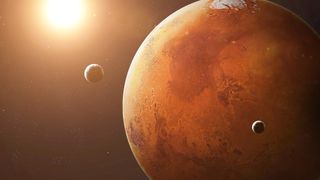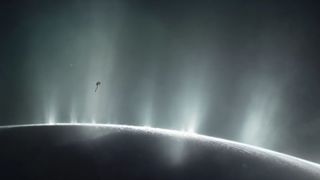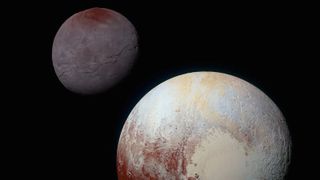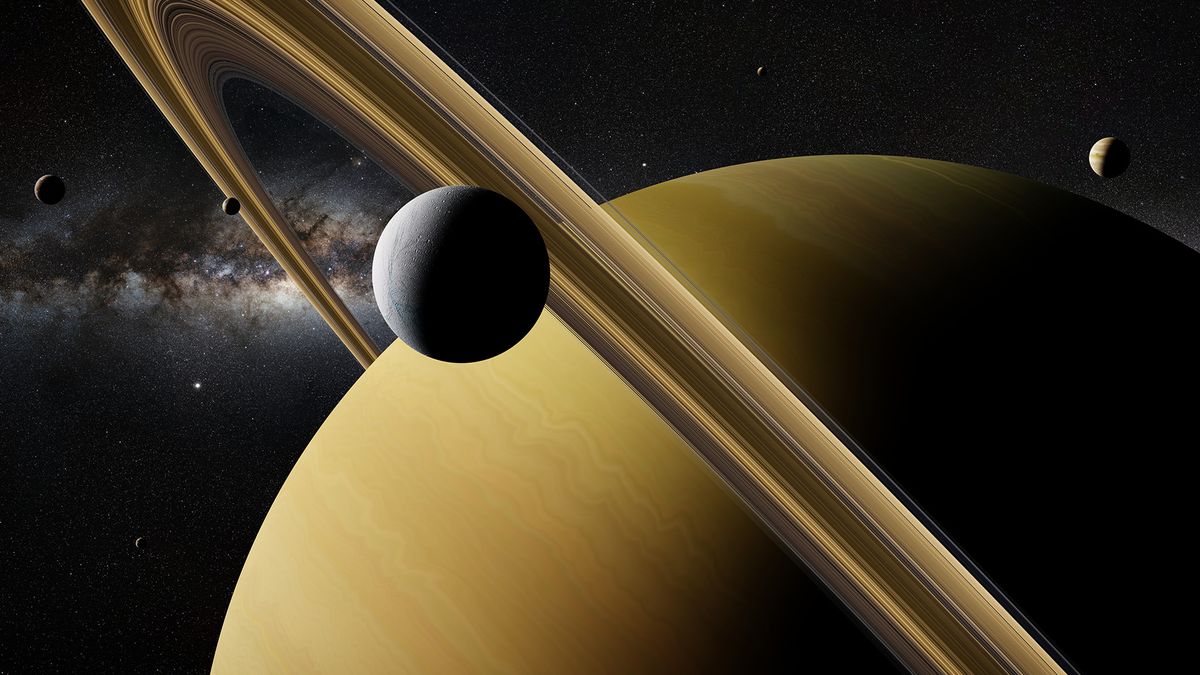If you look up on a clear night, the brightest and largest object in the sky will likely be the moon. And unless you have a decent telescope, it’s the only natural satellite you can see with your own eyes. As a result, most people have a distorted idea of what a moon is and how common these natural satellites really are.
In reality, there are hundreds, if not thousands, of natural satellites in our cosmic environment. These range from irregular space rocks the size of a city to enormous round bodies potentially large enough to be considered planets in their own right.
So how much exactly solar system moons have we found? The answer turns out to depend on your definition of a moon.
The International Astronomical Union (IAU) officially recognizes 288 planetary moons orbiting the eight worlds of the solar system. NASA. But there are another 473 “small satellites” – the moons of asteroids and dwarf planets – listed by NASA. Jet Propulsion LaboratoryIf we count both types, as most astronomers would do, the total number of natural satellites of the solar system comes to 761 (as of June 2024).
But this is probably just ‘the tip of the iceberg’ Edward Ashtonan astronomer at the Academia Sinica Institute of Astronomy and Astrophysics in Taiwan, told Live Science in an email. Astronomers have discovered dozens of new planetary moons and small satellites in the past few years alone, and technological advances will likely accelerate the rate at which they can spot more in the coming years, he added.
What is a moon?
“The simplest definition [of a moon] would be an object orbiting a larger, non-stellar object,” Ashton told Live Science. “But that’s not quite the full answer.”
For example, currently there are thousands of man-made satellites in orbit around the Earth that meet the above definition, but are not considered moons because they are not natural. These spacecraft also have a limited lifespan before falling back to Earth and burning up in our atmosphere.
Some natural satellites, such as quasi-moons and mini-moons, are also temporary and do not actually orbit planets.
Related: Will Earth ever lose its moon?
There is also a question of size, Brett Gladmanan astronomer at the University of British Columbia in Canada, told Live Science in an email. For example, ring particles — the tiny fragments of rock that make up the rings of planets like Saturn and Uranus — orbit their host planet individually, but are not considered moons, Gladman said.
Objects smaller than a few hundred meters, often called “ring moons” or “moons,” also have “fuzzy definitions” and are not considered true moons, Gladman added.
Even among recognized moons, there are still points of disagreement. For example, planetary moons can be split into two groups: regular moons, which tend to be larger and have small, circular orbits close to the equator of their host planet; and irregular moons, which can be much smaller and have larger, more elliptical orbits around their host planets, Ashton said.
Of the regular moons, about twenty are also considered large moons – meaning they are large enough to have a round shape, caused by their gravity. The Planetary Society.
Planetary moons
Starting closest to the Sun, the nearest neighbors to our home star, Mercury And Venushave no true moons due to their proximity to the giant ball of gas, which would have wiped out any potential moons from the planets long ago. Venus does have one known quasi-moon, Zoozve, but it doesn’t count because it actually orbits the sun, not Venus.
Continuing further we come to earth. Our home planet has only one large moon. However, it is also true at least seven quasi-moons And gets extra mini moons every now and then for about a year straight. These moon cheats don’t count either. However, some scientists think we can use these space rocks as a temporary base help us become an interplanetary species.
The next one is Marswhich has two real moons: Phobos And Deimos. Both are only a few kilometers wide and orbit very close to the Red Planet. Phobos is slowly descending towards Mars and is expected to crash onto Earth’s surface one day – if it is not torn apart first.

As we move on to the giant planets, things get more interesting. The first gas giant, Jupiterhas no fewer than 95 moons, including four large moons: Callisto, EuropeIo and Ganymede, the largest moon in the solar system. But Saturn has even more: There are at least 146 moons of Saturn, including six large moons, such as Titan, Mimas And Enceladus.
The Ice Giants Uranus And Neptune have 28 and 16 moons respectively, and seven large moons in between.
Related: Where does the solar system end?
But these numbers have changed significantly in the past few years alone. Since early 2023, astronomers including Ashton and Gladman have at least 62 New Irregular Moons Around Saturn And 12 new Jupiter moonsas well as a pair of Neptunian moons and a single moon around Uranus.

Technological advances may explain the sudden increase in lunar discoveries. More powerful telescopes can detect smaller moons — especially irregular moons — that are abundant around giant planets, Ashton said.
As a result, the number of moons is likely to continue to rise sharply in the coming years. For example, Ashton revealed that he has already discovered a number of additional planetary moons, but is still waiting for follow-up observations to confirm their existence before submitting them to the IAU.
The number of planetary moons may also increase as we find more planets in the solar system. One such world is the elusive Planet Nine – a hypothetical giant planet that may lurk in the far reaches of the solar system. If this planet exists, researchers have already hypothesized that it does could be surrounded by multiple moons.
Researchers have also speculated that even more distant worlds captured from interstellar space by the Sun’s gravity known as rogue planetscan also have manes.
Small body satellites
NASA’s count of 473 small satellites is even more uncertain than the number of planetary moons, because we find more asteroids always. Some asteroids can also have multiple satellites difficult to distinguish from each othersaid Ashton.
The IAU also estimates that there could be “more than 100” additional dwarf planets waiting to be discovered in the outer solar systemall of which can have moons.

“Like the satellites of the giant planets, the vast majority of them have yet to be discovered,” Ashton said. In total, there are likely to be “about as many small satellites as there are planetary moons,” he added.
However, other astronomers, such as Gladman, are less sure how many small-body satellites there might be. “So much of the ‘parent’ population [of host objects] “It is still not known that it is difficult to answer this question,” he said.
How many moons can there be in total?
There are more than 700 known natural satellites in the solar system. However, as we have seen, this number is likely to increase significantly in the future.
Previous studies have shown that there could be hundreds, if not thousands, of small planetary moons that could be discovered with more powerful telescopes, Gladman said. And as we have already seen, there is great uncertainty about how many small-body satellites there really are.
But this uncertainty doesn’t stop researchers from taking a chance.
“I think there are about 10,000 moons in the solar system,” Ashton said.
But there’s no telling how long it might take to find them all.
